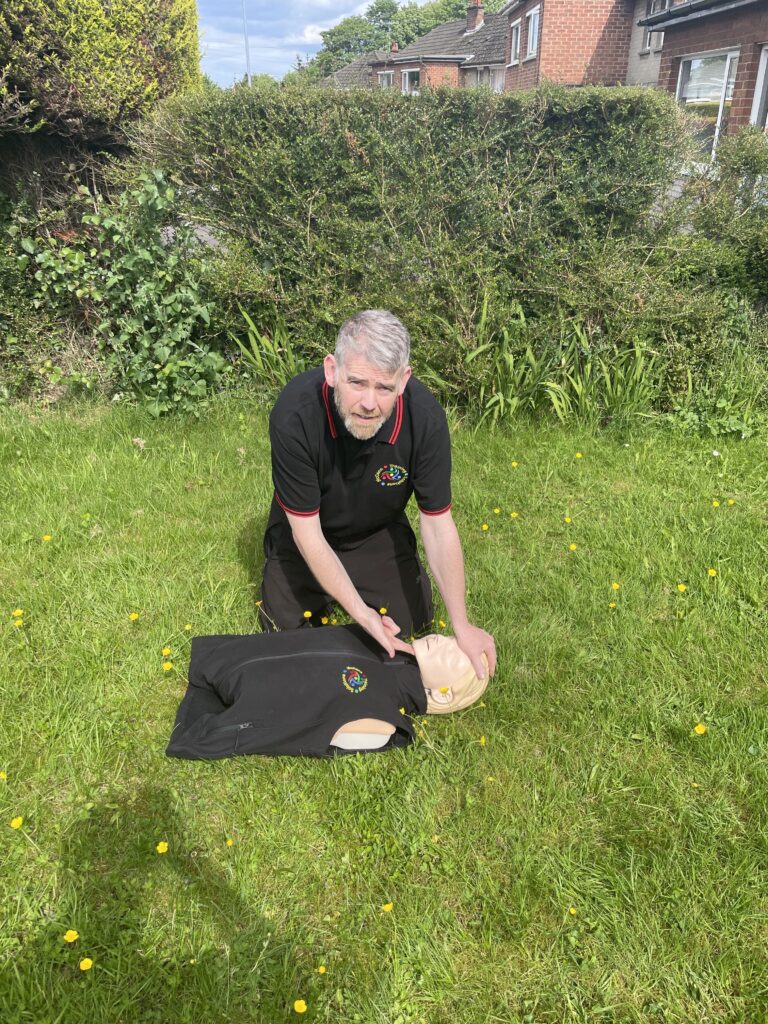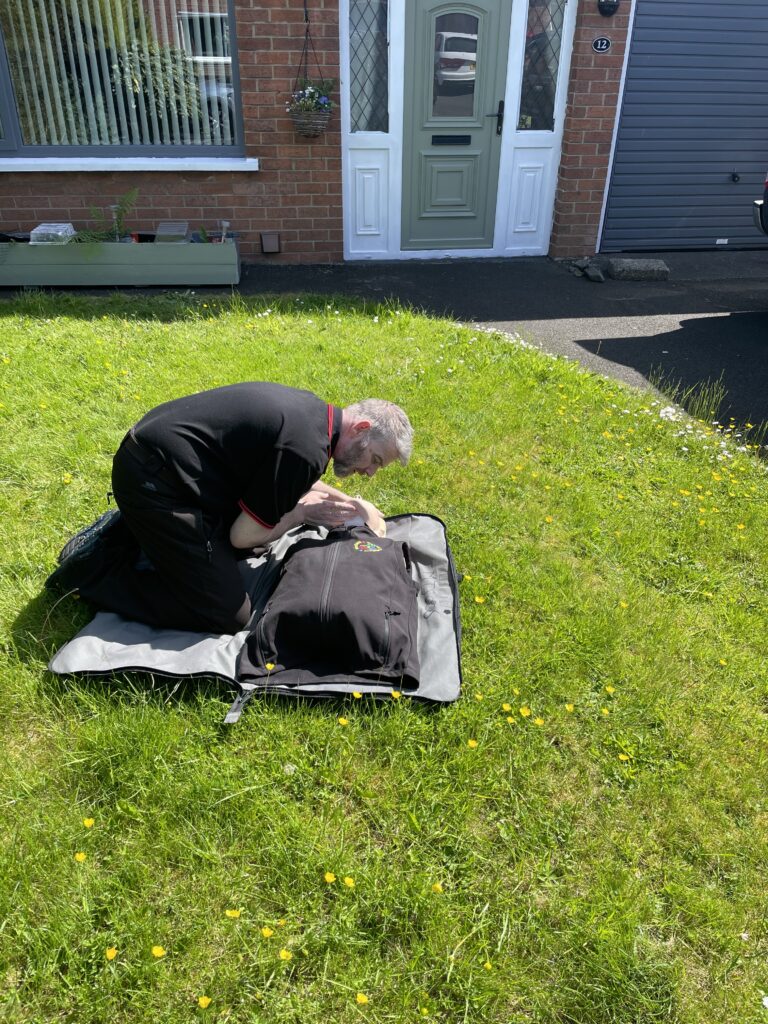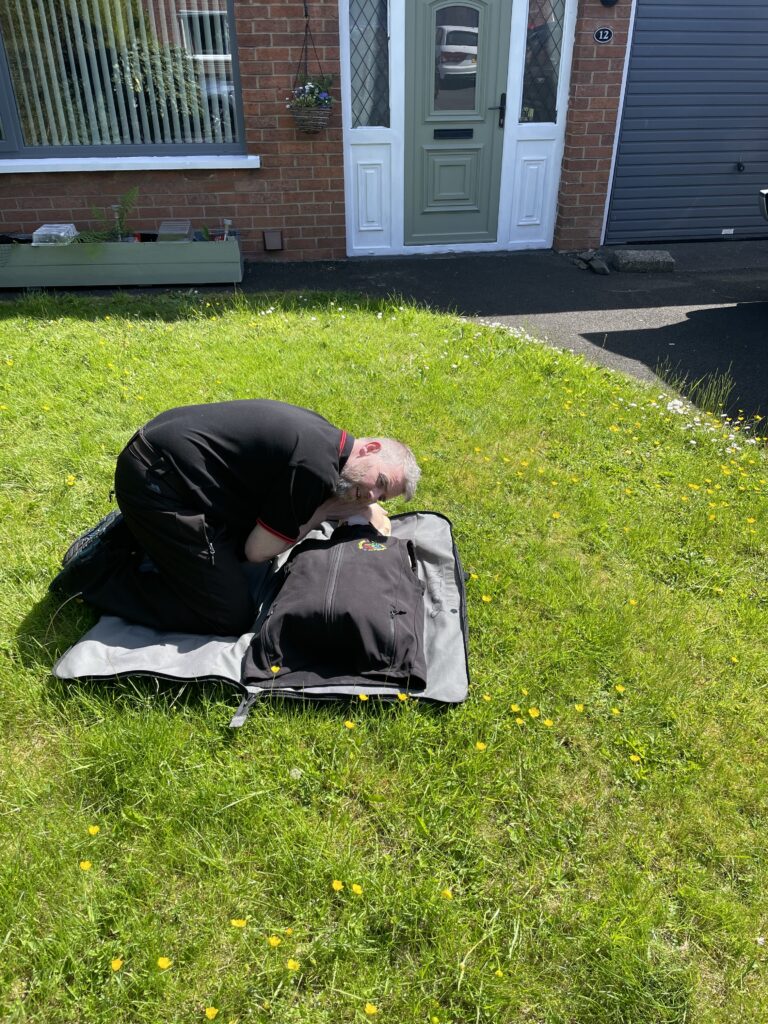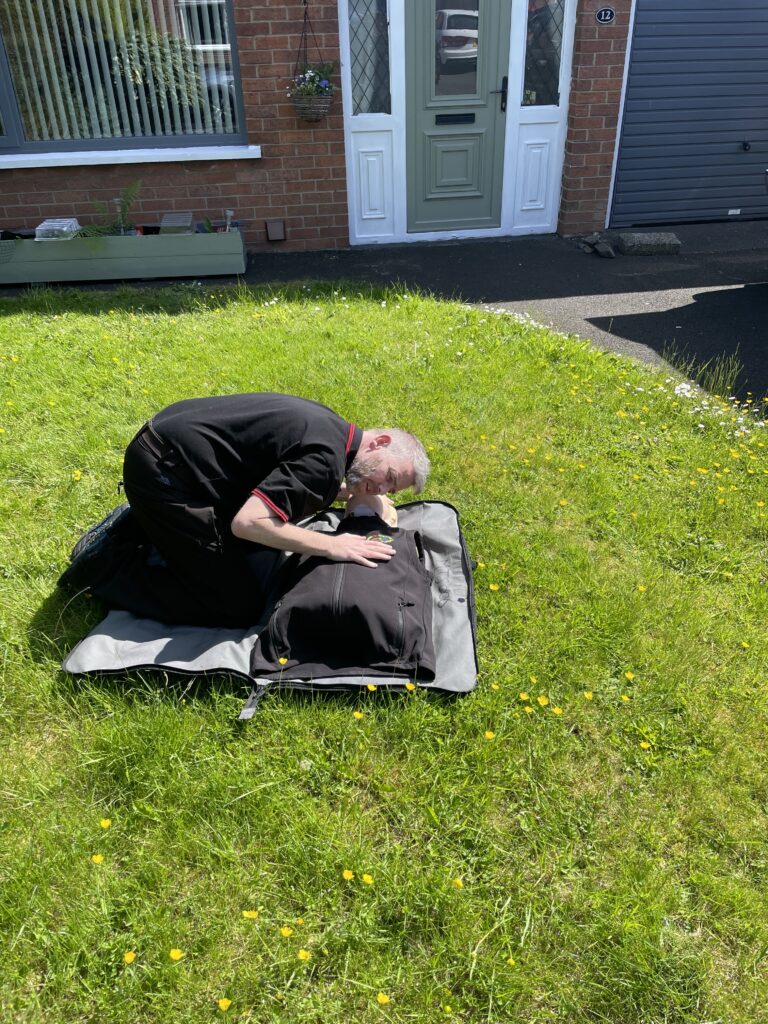What is cardiac arrest step 1
Cardiac arrest step 1 requires early recognition of cardiac arrest and call for professional help basically. There are several stages & techniques involved. The first technique and stage is to open the patient’s airway. This is followed by conducting a breathing check. This then requires a shout for help or calling the emergency services. This is cardiac arrest step 1.
Shout for help or calling the emergency services stage 3
Open airway stage 1 – cardiac arrest step 1
This skill happens in 3 phase s. Phase 1 the heel of your hand is placed on-top of the patient’s forehead pressing downwards. Using your sense of touch will tell you skin temperature and claminess. Phase 2 Place your fingers form the opposite hand under the patient’s chin. Pushing down on the forehead. Phase 3 simultaneously lift up with your fingers of the opposing hand. This will cause the patients head to lift and chin to drop forward albeit. Inspect inside the mouth. Look for the position of the tongue. Inspect for signs of foreign bodies, blood or vomit additionally.



Breathing check stage 2
During the breathing check there are 3 phases that follow. This is called the look, listen & feel technique. Place one hand on the patient’s diaphragm. This is a muscle placed halfway between the belly button and sternum (the flat bone in the centre of the chest). Place your face close to the patients face. Look down towards your hand on the diaphragm generally. Observe the rise and fall of the chest or diaphragm eventually (but do not confuse this with spasms). In adults this will occur 2-3 times inside 10 seconds. Children will breathe shallower and faster. Listen for breath noises in your ear and afterward you should feel warm air strike your cheek. All of these techniques are done concurrently.



Shout for help or calling the emergency services stage 3
Shout for help using your voice. Call the emergency services. An emergency operator in the United Kingdom can be contacted by phone. Using your smartphone place it onto speaker phone. Dial either 999/112/911 especially or use bystanders. YOU DO NOT NEED TO HAVE A PHONE SIGNAL TO DO THIS. All of these numbers will put you to an emergency operator eventually. Ask for the ambulance service. The ambulance operator will ask you if the patient is breathing doubtedly? Follow stage 1 & 2 and follow the directions given to you evidently.



Steps to cardiac arrest
There are 4 steps in cardiac arrest. Learn more about cardiac arrest and the causes.
- Step 1 – Early recognition of cardiac arrest and call for professional help
- Step 2 – Early CPR must be initiated
- Step 3 – Early access to defibrillation is critical likewise and combined with CPR
- Step 4 – Early post resuscitation care to restore the quality of life however also apply
“You can’t change what happens, you can change what you do about it”
Danny mccann – mccann training solutions